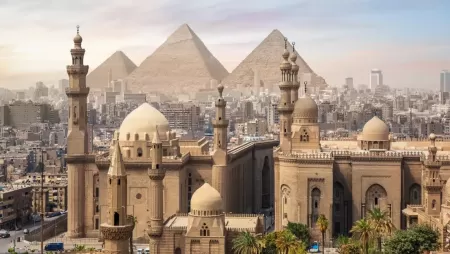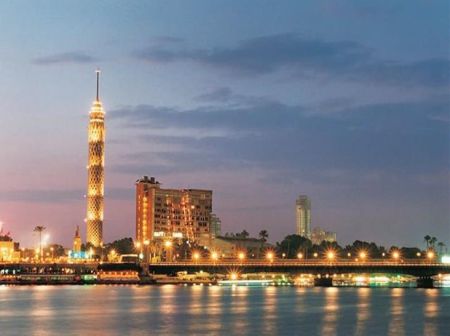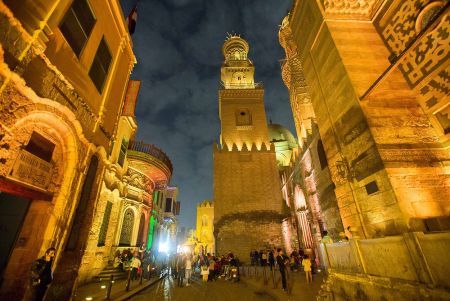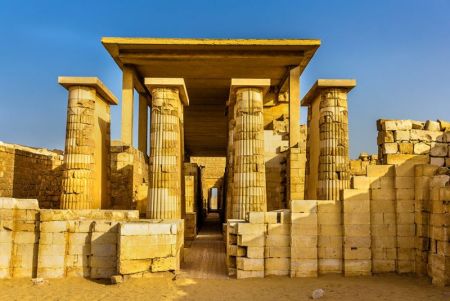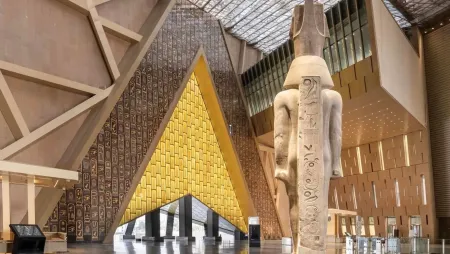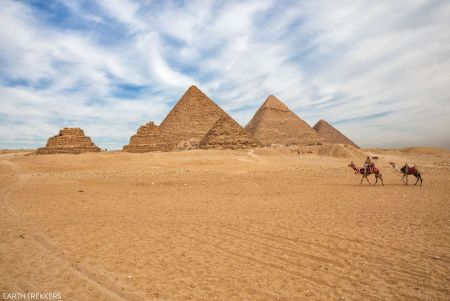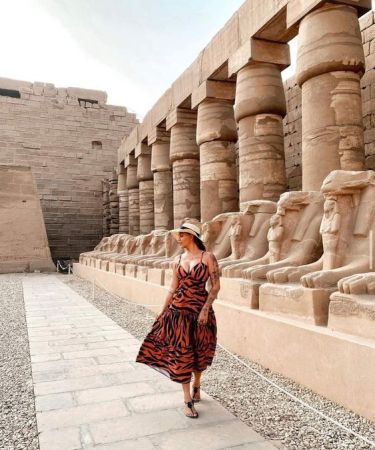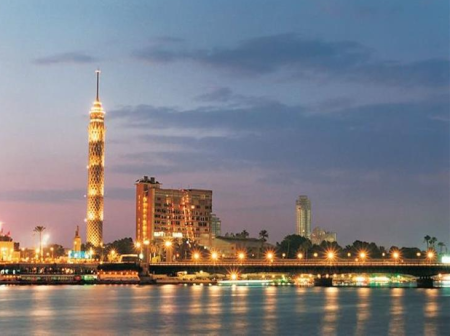Explore the charm of El Moez Street Cairo on an unforgettable Islamic Cairo walking tour. Discover ancient mosques, vibrant bazaars, and rich Egyptian heritage.
The Great Sphinx of Giza is one of the most iconic monuments of ancient Egypt, standing at the edge of the Giza plateau and guarding the pyramids of Khafre and Khufu. It is a mysterious and enigmatic statue, with a lion's body and a human face that has been the subject of much speculation and research. This essay will delve into the history, construction, and symbolism of the Great Sphinx, as well as its cultural significance and modern-day impact.
History of the Sphinx:
The Great Sphinx is believed to have been built during the reign of Pharaoh Khafre in the Fourth Dynasty of ancient Egypt, around 2500 BCE. It is carved out of a single block of limestone and stands at 66 feet tall and 240 feet long. The statue is believed to have been constructed over a period of 20 years by a team of skilled craftsmen and laborers. The Great Sphinx is one of the oldest and largest statues in the world, and its construction remains a remarkable feat of engineering and artistry.
The Origin and Construction of the Sphinx
The Great Sphinx of Giza is believed to have been built during the reign of Pharaoh Khafre, around 2558-2532 BC. It is carved from a single piece of limestone bedrock, with layers of limestone blocks added later for restoration purposes. The Sphinx measures 73 meters (240 feet) in length, 20 meters (66 feet) in height, and 19 meters (62 feet) in width at its rear haunches.
Although the original purpose of the Sphinx remains uncertain, it is thought to have been a guardian of the Giza Plateau and a representation of the pharaoh Khafre. The face of the Sphinx bears a striking resemblance to Khafre, suggesting that the statue was created in his image.
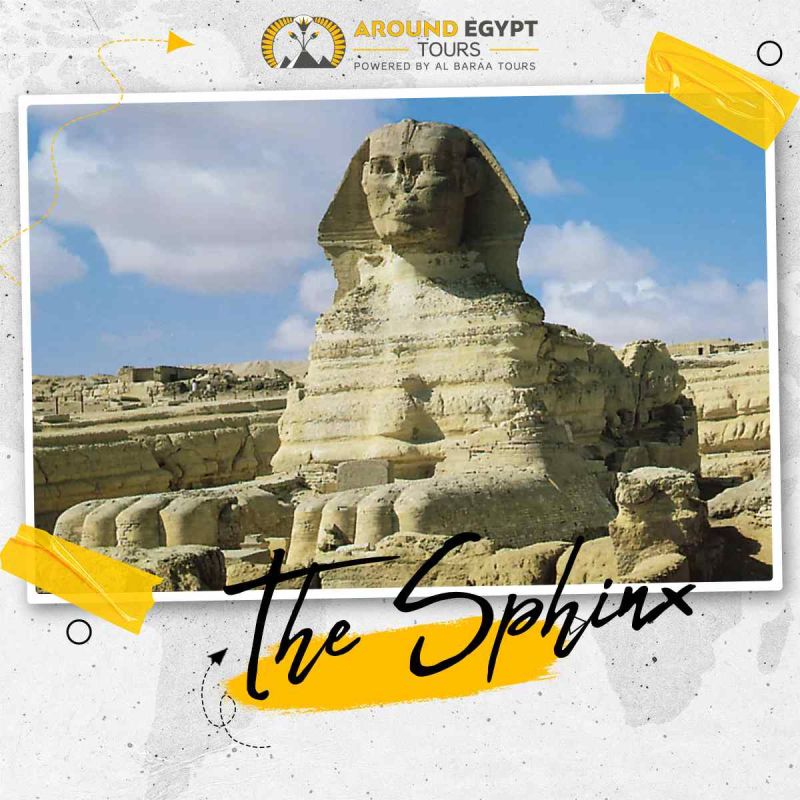
The Sphinx: A Symbol of Ancient Egypt
The name "Sphinx" is derived from the ancient Greek word Σφίγξ (sphinx), which means "to squeeze" or "to strangle." This name was given to the statue in classical antiquity, around 2,000 years after its construction. The Sphinx is associated with the mythical creature of the same name in Greek mythology, which had the body of a lion and the head of a woman, a falcon, a cat, or a sheep. However, unlike its Greek counterpart, the Egyptian Sphinx has the head of a man and no wings.
In ancient Egypt, the Sphinx was revered as a solar deity named Hor-em-akhet (Horus of the Horizon). During the New Kingdom, Pharaoh Thutmose IV referred to the Sphinx as Hor-em-akhet in his Dream Stele, a granite slab erected between the paws of the statue. This association with the sun and the horizon may have been an important aspect of the Sphinx's symbolism in ancient Egypt, as it faces east towards the rising sun.
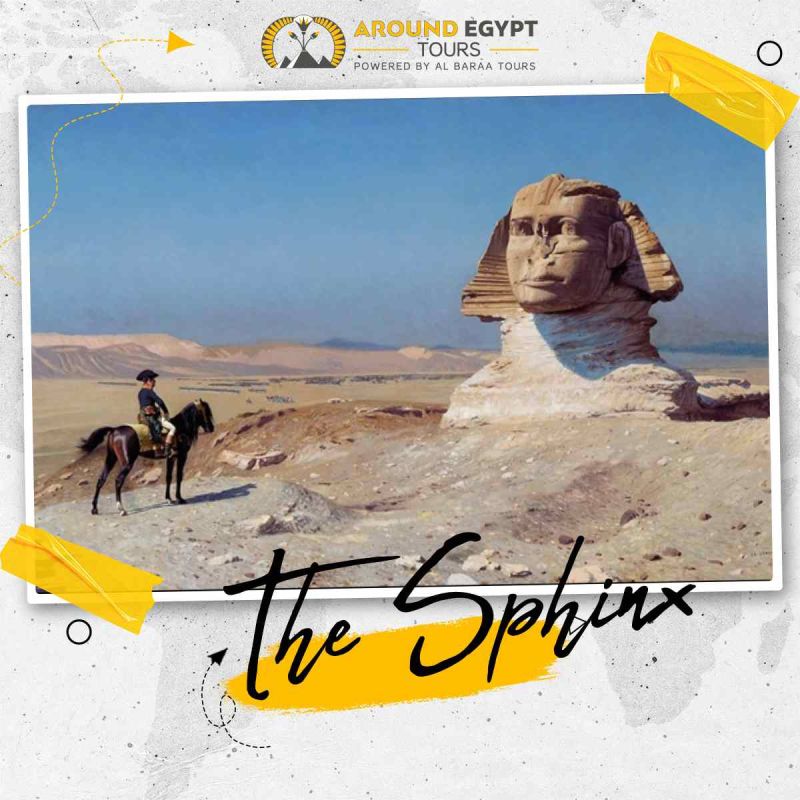
Cultural Significance:
The Great Sphinx has played a significant role in the culture and mythology of ancient Egypt. It is believed to have been the subject of many legends and myths, including the story of the Sphinx riddle. According to the myth, the Sphinx would ask travelers a riddle, and if they were unable to answer correctly, they would be devoured by the Sphinx. The Sphinx was also believed to be a symbol of wisdom and knowledge, and many scholars and philosophers would come to the statue to seek its wisdom and guidance.
Modern-Day Impact:
The Great Sphinx continues to be an important cultural and historical monument, attracting thousands of tourists every year. The statue has also been the subject of much research and study, as scholars and archaeologists seek to unravel the mysteries surrounding its construction and symbolism. In recent years, the Great Sphinx has also been the target of conservation efforts, as the statue's limestone body has been eroded by wind and weather over time.
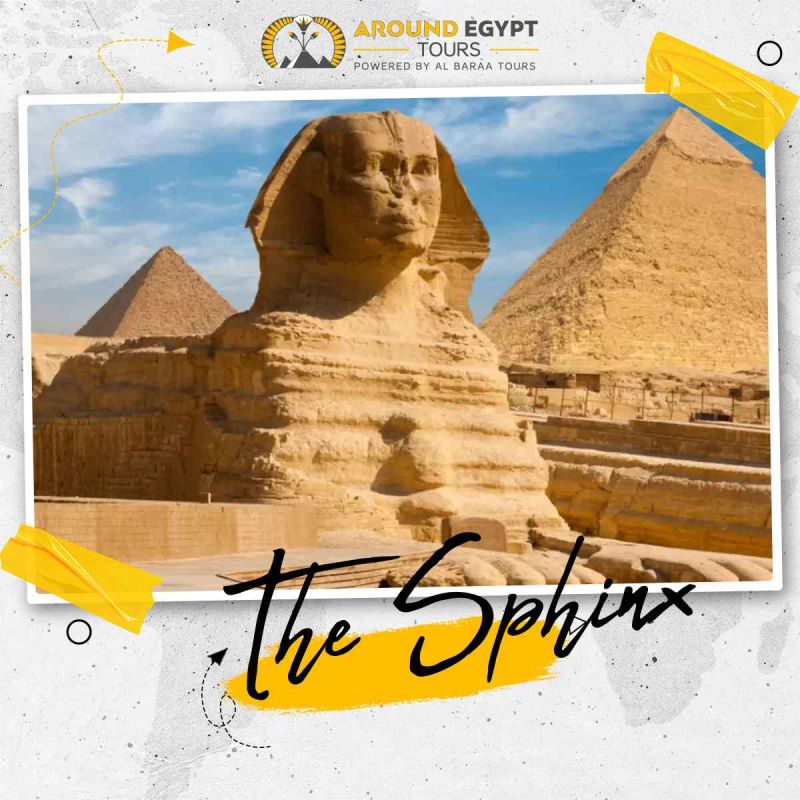
Mysteries and Theories Surrounding the Sphinx
The Sphinx has been the subject of countless theories and speculations since its discovery. One of the most enduring mysteries is the reason behind the broken nose of the Sphinx. Popular myths suggest that Napoleon Bonaparte's army damaged the nose with cannon fire during their campaign in Egypt in 1798. However, this theory has been debunked by evidence predating Napoleon's time, such as 17th-century paintings and a 15th-century account by Arab historian al-Maqrīzī.
Another theory, based on archaeological study by Mark Lehner, suggests that the nose was intentionally broken off sometime between the 3rd and 10th centuries. The exact reason for this act remains unknown, but it is thought to have been an act of vandalism or an expression of religious extremism.
The Sphinx and the Pyramids of Giza
The Sphinx is closely associated with the three famous pyramids of Giza: the Great Pyramid of Khufu (Cheops), the Pyramid of Khafre (Chephren), and the Pyramid of Menkaure (Mycerinus). These pyramids were built during the Fourth Dynasty of the Old Kingdom and are part of the Giza Necropolis, an extensive burial site for the pharaohs and their families.
The proximity of the Sphinx to the pyramids, as well as its alignment with the causeway connecting Khafre's pyramid to its Valley Temple, has led some researchers to believe that the Sphinx was part of Khafre's larger building complex. This theory is supported by the discovery of the Sphinx Temple, which shares a similar ground plan with the Valley Temple and is connected to it by a stone causeway.
The Lost City and the Workers of the Sphinx
In the 1990s, archaeologist Mark Lehner discovered the remains of a large settlement, known as the "Lost City," near the Sphinx. This settlement, which dates back to the time of Khafre, is believed to have housed the workers who built the Sphinx and the pyramids. The discovery of the Lost City has provided valuable insights into the lives of the laborers who worked on these monumental projects, including their living conditions, diet, and social organization.
Lehner's research suggests that the workers were not slaves, as previously thought, but were skilled laborers who were well-fed and well-cared for. They may have been part of a system of national service or feudal obligation to their superiors.
Conservation and Preservation of the Sphinx
The Sphinx has suffered significant damage and erosion over the centuries, with various restoration efforts undertaken since ancient times. In recent years, concerns have been raised about the effects of pollution and rising groundwater on the statue, prompting further conservation efforts and ongoing monitoring.
Despite the challenges it faces, the Sphinx remains an enduring symbol of the power and artistic achievements of ancient Egypt. Its enigmatic presence continues to draw visitors from around the world, eager to experience the awe and wonder of this timeless monument.
Exploring the Sphinx and its Surroundings
Visiting the Sphinx offers a unique opportunity to explore the rich history and culture of ancient Egypt. In addition to the Sphinx itself, the Giza Plateau is home to the three famous pyramids, numerous tombs, and the intriguing Lost City settlement. With its fascinating mysteries and enduring symbolism, the Sphinx provides a captivating glimpse into the past and a lasting testament to the remarkable achievements of this ancient civilization.
Conclusion
The Sphinx is a truly awe-inspiring monument that has captivated the imaginations of people for centuries. Its enigmatic nature, fascinating history, and association with the ancient world make it a must-see destination for those interested in exploring the mysteries of the past. As we continue to uncover new information about the Sphinx and its surroundings, we gain valuable insights into the lives of the people who built and maintained this incredible structure, as well as the powerful symbolism and celestial alignments that underpin its design. The enduring appeal of the Sphinx serves as a reminder of the remarkable achievements of ancient Egypt and the enduring power of human curiosity and creativity.
.jpg)
